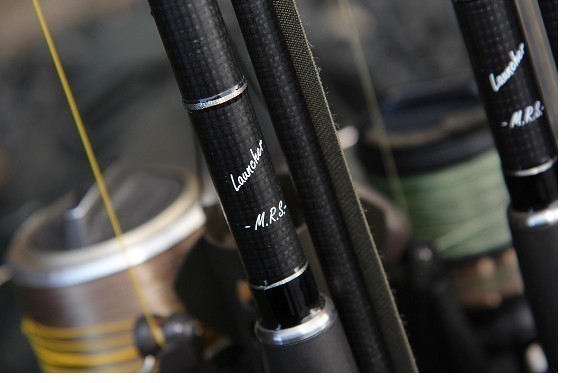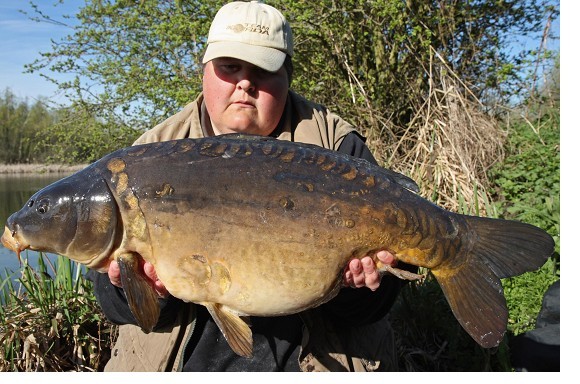
Head of the Class
In Head of the Class, we take a closer look at why the big names you regularly see in the press are so successful. We kick off with ex British champ, Ian Poole
1. On the money
I place great emphasis on accuracy in my fishing and have always had the belief that near enough is rarely good enough. I just can’t settle behind the rods unless I know that everything is exactly how I want it and this goes for whether I’m fishing one of my local runs waters looking for ten bites in a day or on a harder lake where I’m simply hoping to catch.
Once I’ve found a spot that’s producing fish, I want to make it as easy as possible to get a rod back out there and unless I’m literally dropping the rigs under my rod tips, I always mark my lines. In the past I’ve had anglers tell me they never mark their lines and always judge the distance they are casting. Well, all I will say is that the individuals concerned must be far more accomplished than me because unless you have some kind of visual markers to cast to, such as an island etc., I simply don’t believe you can be that precise over longer distances. I prefer to know that I’ve got things spot-on rather than just guess, possibly get it wrong and in the process cost myself a few fish.
I think this is the time of year when accuracy can make even more of a difference and even on day sessions when I’m roving single hookbaits around to hopefully locate some fish, I’ll still mark up the lines. I know that once I’m casting more than 50 to 60yds out, it’s easy to be a rod length out on a re-cast without even realising it. On a lake where the carp shoal up tightly, I know one cast in the right place could make or break my winter and I’d hate to not be able to find that spot again.
Lines can be marked using a variety of materials and it’s simply a case of finding the one that works best for you, as in effect, pole elastic, electrical tape and traditional marker braid all do exactly the same job.
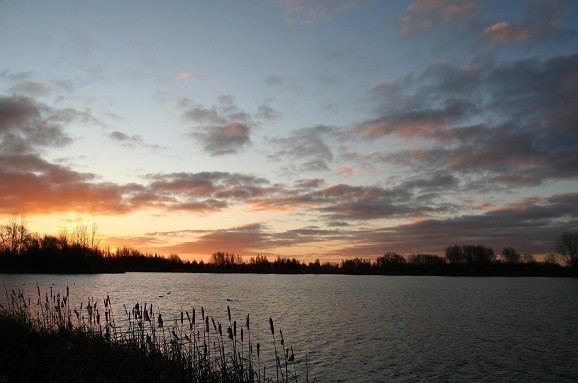
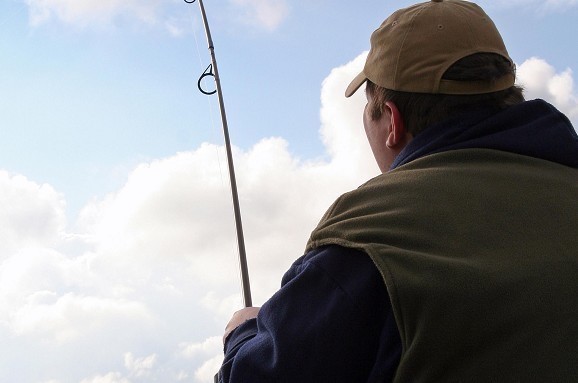
2. Homemade hookbaits
I’ve always been interested in making my own bait and bought my first rolling equipment well over 20-years-ago. Like most these days though, for the majority of my fishing I take full advantage of the excellent bait that’s available ready-rolled. However, I still make a good percentage of my own hookbaits from corkball pop-ups right through to bright hi-attract bottom baits. Again, a lot of these are available off-the-shelf, but one advantage that rolling them myself gives me is the opportunity to ensure that what I’m using is totally individual to me. On those tough sessions it’s sometimes nice to have a few baits you can turn to that are slightly different and at home I can tinker about with all manner of attractors and colours to come up with exactly that.
The good thing is that you don’t need to delve too far into the science of bait to come up with one or two ‘specials’ you are highly unlikely to find anyone else using. It could be something as simple as making some white or orange coloured pineapple pop-ups or blending together two of your favourite flavours. This can be deadly and in the past I’ve stumbled upon some really effective combinations that over time have clearly produced more bites than either attractor used on their own.
One other thing worth mentioning is that if you do like the idea of making a few hookbaits, my tip is not to go out and buy loads of expensive rolling equipment, because in my opinion you don’t need it. Hand-rolling compresses the boilie paste better and once boiled will give you a much harder hookbait compared to something put through a bait gun and rolling table.
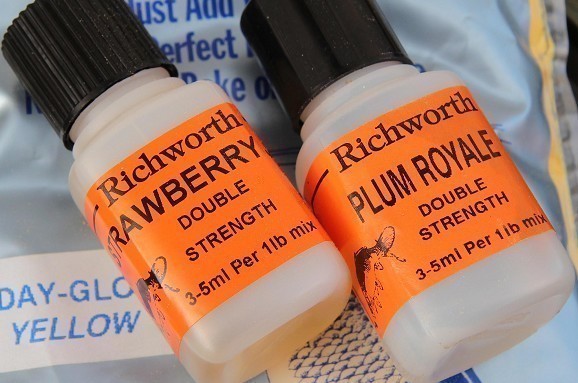
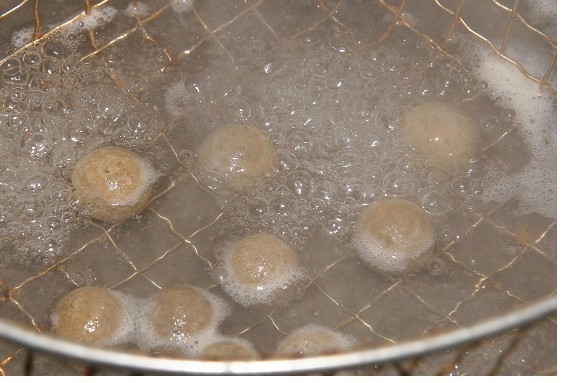
3. Rig talk...
I’m a firm believer in the theory that if you get your location right and offer the carp something they want to eat in the right quantity for the situation, a straightforward rig should do the job. I’ve got two that I put the majority of my faith in and it will probably come as no surprise that the first is an inline lead set-up that incorporates a very short braided hooklink. This is ideal for a solid PVA bag presentation, a set-up I would class as my ‘go anywhere rig’ and one which has caught me so many fish over the years. There aren’t too many rigs around that can guarantee a perfect presentation on every single cast, but a solid bag is one of them and despite getting written about over and over again these days, is still used far less than PVA mesh. Mesh bags are much quicker to tie so do have a slight advantage in an out-and-out speed fishing situation, but I would balance that against the superior hooking arrangement I think a solid bag offers.
My second rig is pretty much a bog standard lead clip set-up. Behind the lead I don’t really have a preferred material these days and base it completely on what I have in front of me. In the spring I was using the Korda Kable Leadcore to good effect, but more recently I haven’t been using anything, preferring to pin down the line behind the lead with two or three blobs of putty. I saw how effective this was in the summer when I was out on an underwater feature (Below The Surface which appears in CARPology magazine) with Rob Hughes. Provided I allowed the line to fully settle before clipping on the bobbin, I ended up with a fantastic line lay so good that it even surprised Rob.
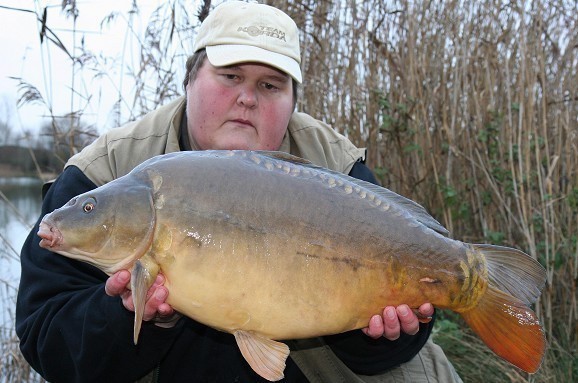
4. Back to braid
I’ve always been a fan of braid as a hooklink material and in the last couple of years have started using it again for a lot more than just solid PVA bagging. With Chod Rigs so in-vogue on all the waters I fish, I wanted to give the carp a bit more rope to hang themselves, so to speak, and braid seemed the obvious material. Coated braids do fall somewhere in between but again, these come in a very close second to Chod Rigs in the popularity stakes and there’s no doubt that if all the carp see are one or two different presentations, over time they will get better at avoiding them and it’s then when something a bit different can really score well.
The major advantage I see with braid is its ability to take on the contours of any lakebed. You just can’t guarantee that with stiffer materials and in clear water this can make a very big difference.
Unfortunately, using braid on a straight bottom bait rig isn’t quite as straightforward because it can be a bit tangle prone and I guess that’s why it has become very much underused when compared to everything else. Small and light hookbaits are the issue here, so tangles with small boilies and rubber corn can be prevented by adding a bit of extra weight in the form of a small bag or stringer. With hookbaits 16mm and above I find that I don’t usually have a problem.
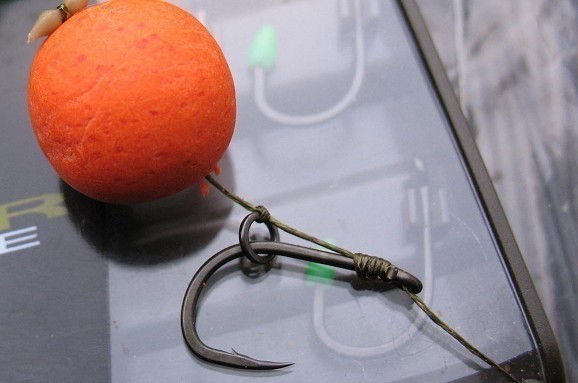
5. Well proven: is your gear up to the job?
The little things all add up. That’s the thinking I have with regards to many aspects of my own fishing and I know if I can cut out as many unnecessary mistakes as possible, my results at the end of the year should be better. Losing carp is really what I’m thinking about here. Dropping fish is a real pet hate of mine and I’m always working to eliminate as many of them as possible. We all lose the occasional one to a hook pull and annoying as it is, I don’t think it’s possible to get every single carp safely to the bank. However, avoidable tackle breakages are a different matter and it’s these I am looking to cut out.
A very good way of avoid the majority of mishaps is to get to know what your chosen rig components are capable of. When I load my tackle box with a new spool of hooklink, I will have already tied up a couple of rigs with it and tested them to destruction. Most rig components are extremely reliable these days but you just never know. First trip out on a new braid and the hooklink snaps as you’re playing a new personal best – it really doesn’t bear thinking about does it?
Double checking hook points after every cast, ensuring your lead clips are working as they should do – they might only be very small things but it all adds up over the course of the season.
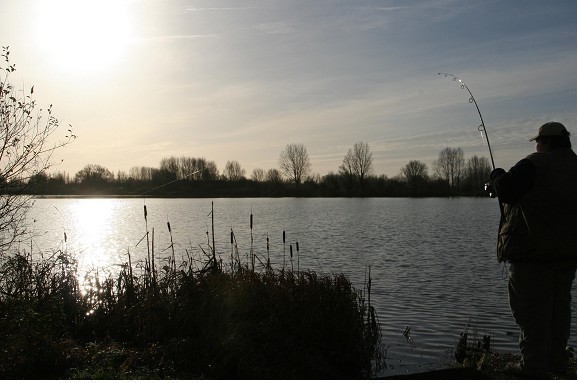
6. The baiting game
It’s no secret that I’m backed by Richworth for all of my bait and have been for more than a decade now. It’s a fantastic position to be in but doesn’t mean I’m going to turn up for every session and lob 20 kilos of bait in. In fact, you would probably be surprised how little my bait bill would actually be as I don’t think I’ve ever used any more than around 40 to 50 kilos of boilies in a year.
Unfortunately I talk to quite a few anglers these days who believe that because they haven’t got the budget available to buy the quantities of boilies that some sponsored pro’s regularly claim to be putting in every week, their catch-rates are automatically going to suffer. Whilst I can understand why some think this, I can tell you now that you don’t need huge quantities of boilies to be consistent on your water. At one time I was in exactly the same position and would go down to Horseshoe Lake for a five-day session with literally as much bait as I could afford. One thing I’ve never been prepared to do is substitute quality for quantity regardless of where I was going, so always went down with good quality fishmeal baits rather than a cheaper alternative and stuck to hemp over a cheaper particle mix. On most trips I had the same amount for five days that a lot of anglers were putting out in one evening, yet despite this I still managed to do pretty well and grind out a few really good results.
A few years ago I also spent a number of seasons down on Welly Park, a venue where I saw a few anglers with access to huge quantities of bait completely bomb out and leave the water completely disillusioned. There’s no doubt that heavy baiting could score really well down there, but on the other end of the scale there were other anglers catching consistently using as little as a couple of kilos of bait over a three-day session, which by Wellington standards was a very small amount. Whatever amount you have, applying it thoughtfully and to your advantage is the key.
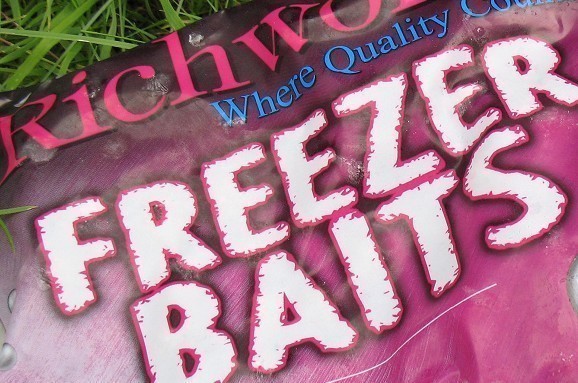
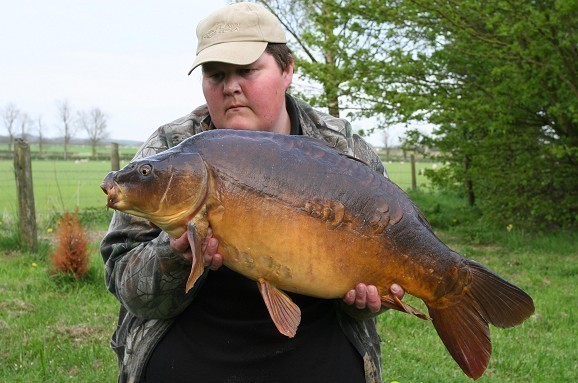
7. Weed worries
Weed. Whether you love the stuff or absolutely hate it, it’s what the carp think that really matters and like me, they definitely fall into the former category. Whether I’m visiting a lake for the very first time or heading for somewhere I know well, finding the weed is one of the main things I use these days to get a quick fix on the carp’s whereabouts.
It can just as important as being in touch with wind direction, air pressure etc., and in fact, for a lot of the time, it’s probably got more important. On the majority of waters I’ve fished over last few years, the big low pressure systems that you’d live for as a carp angler because they almost guaranteed things would begin to happen, just don’t seem to have the effect they once did. You could argue for ages over exactly why this is, but things have definitely changed.
The first weedy water I came across was back in 1990 on the Cotswold Water Park. It brought with it a completely new challenge to my fishing and I guess it could have gone either way. One cast in and I was in total panic thinking how could I possibly fish in this, but of course I could. I was very lucky that session because after finding a spot that didn’t seem to have a thick covering of Canadian Pondweed, I caught a carp the following morning and that was a massive confidence booster.
Over the next few years I really did learn my trade down on those south-west gravel pits and these days can tackle a very weedy swim knowing how to get the best out of them in regards to both presentation and safely landing any fish I’m likely to hook. Carp can find everything they need to be comfortable in weed so if that’s where they want to be, it’s where I’m going to head for too.
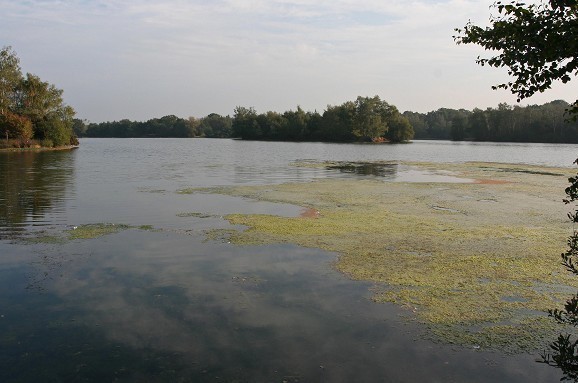
8. Feature finding
I mentioned earlier how accuracy plays such an important part in my fishing and because of this, two items I wouldn’t be without are my dedicated marker and spod set-ups. On some waters, there are certain times of the year when the depths at which you place your hookbaits will have far more bearing over whether you are successful than everything else you do. When I’m in a situation like this I want to know I have everything spot-on and if that involves the use a marker rod then I have no hesitation in doing so.
Of course, any preparation work such as feature finding/baiting up needs to be done with some thought if you want to ensure the impact on the carp is kept to a minimum. It’s all about timing for me and it doesn’t take many sessions to work out what the best time of the day is to get everything done without frightening off all the fish to the other end of the pond. Turning up for a quick overnighter or short day session and then spending an hour or two casting a float about is generally not the done thing, so really it’s all about weighing things up on the day and working out what you think you can get away with. On some waters I’ve fished in the past, the marker was the first rod to be cast out on every single session, whilst on others just once or twice at the very start of my time on the venue was enough to tell me what I needed to know.
In regards to kit, you might be interested to know that I use a Free Spirit Launcher Spod rod on the marker set-up as well. My thinking behind using identical rods for both tasks is purely down to the fact that once I’ve spent perhaps half-an-hour finding a spot, it’s easier to spod accurately from the beginning with the rod I’ve been using rather then picking up something that initially feels completely different. It’s only a very small thing but one that makes a difference for me.
